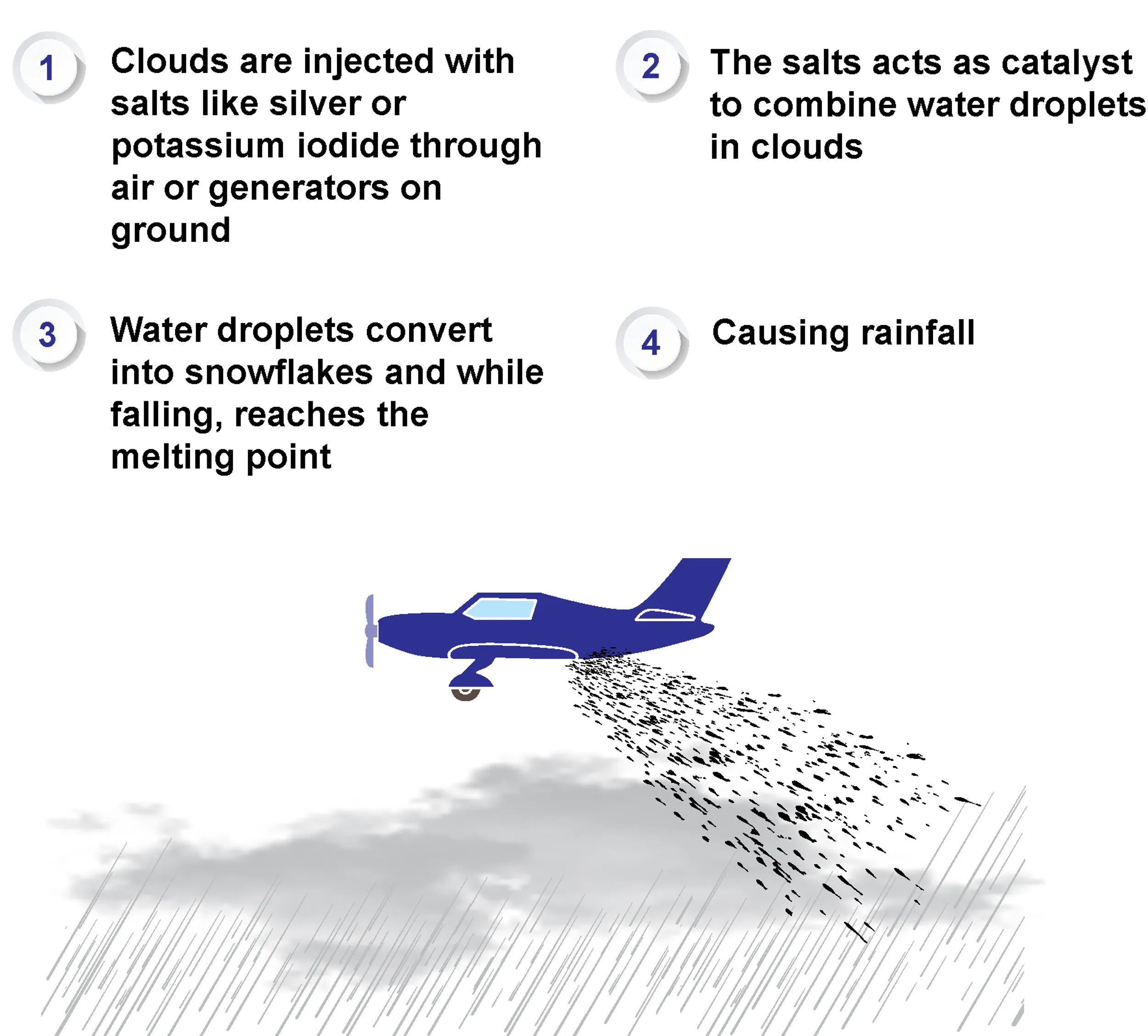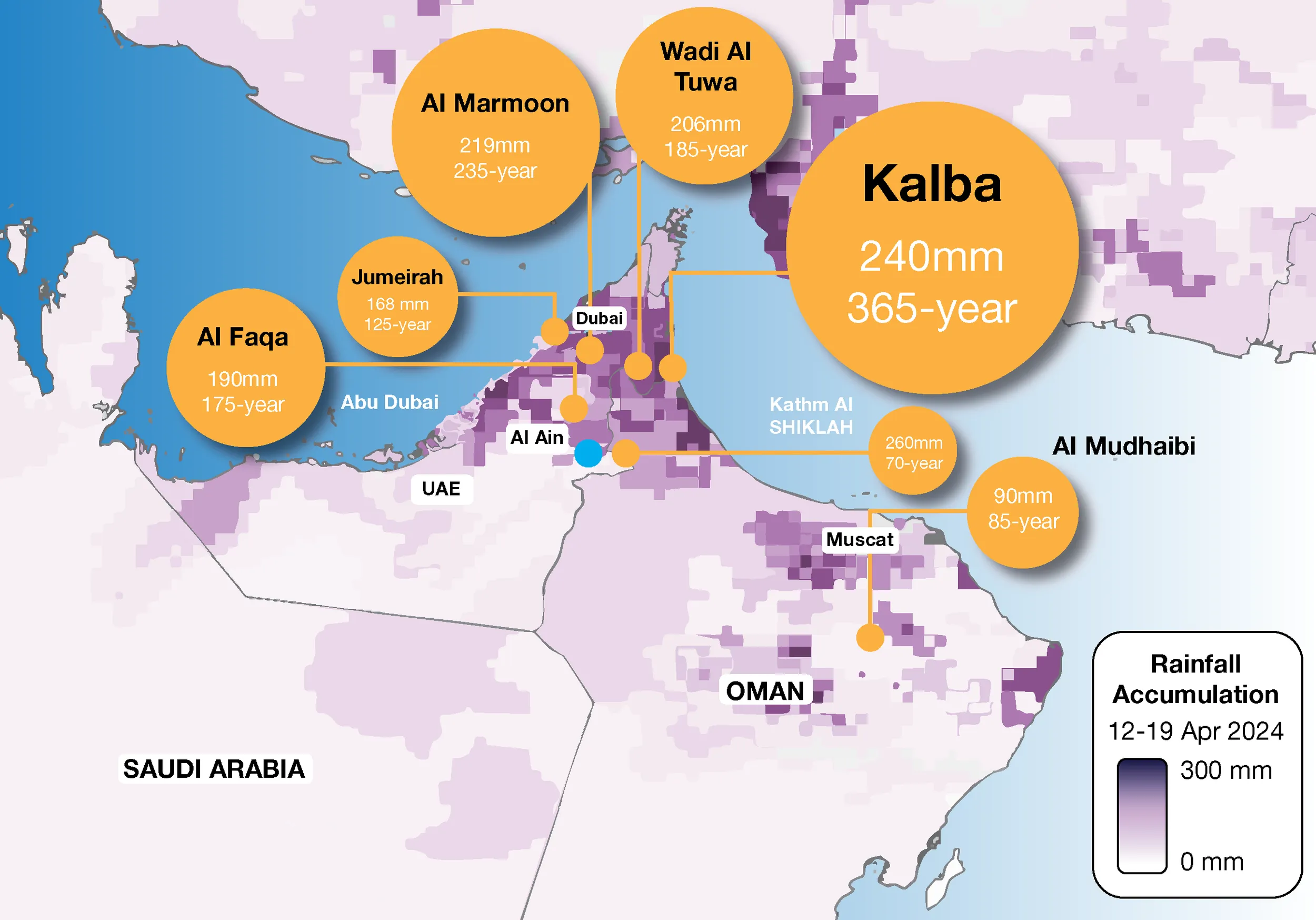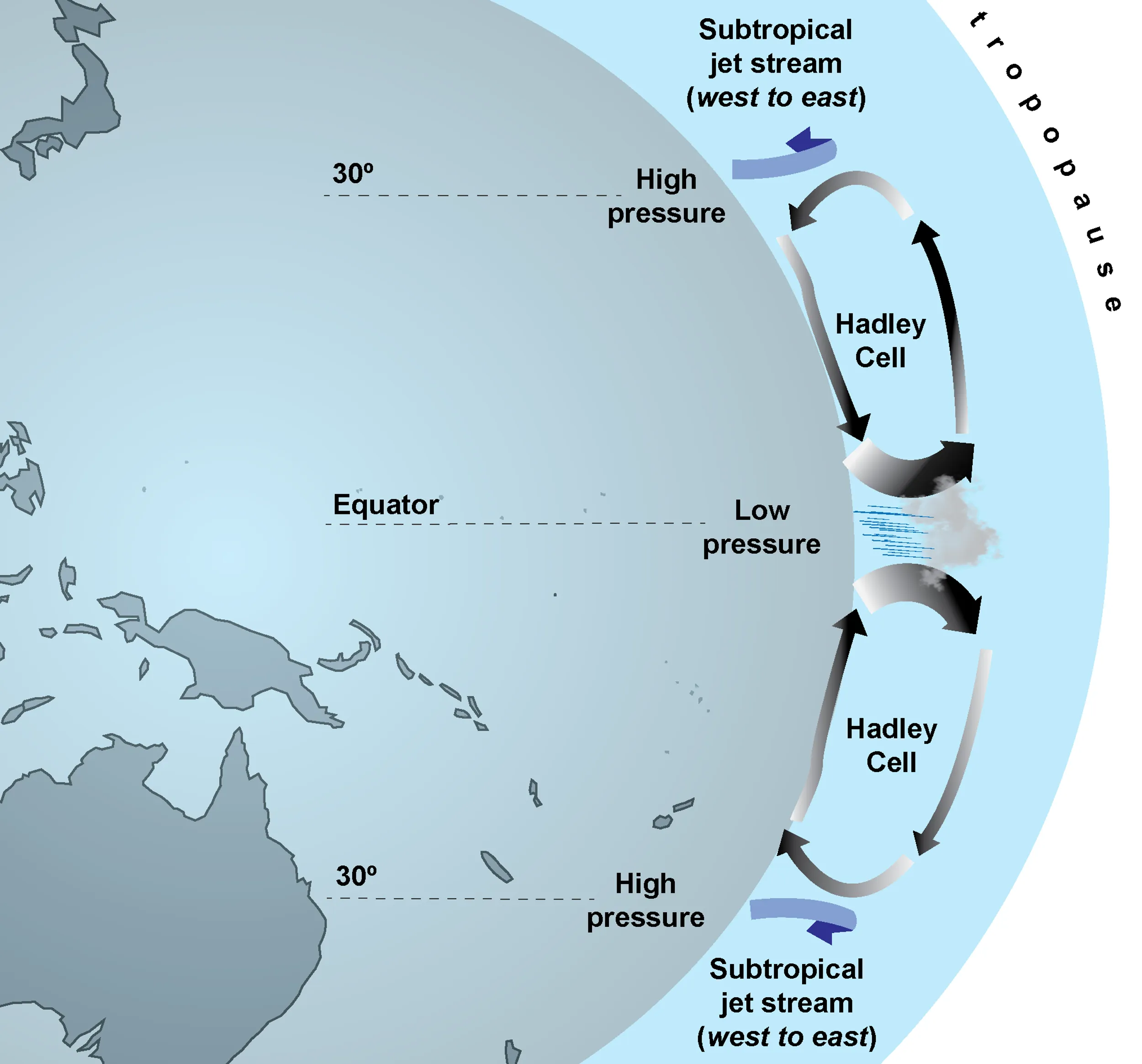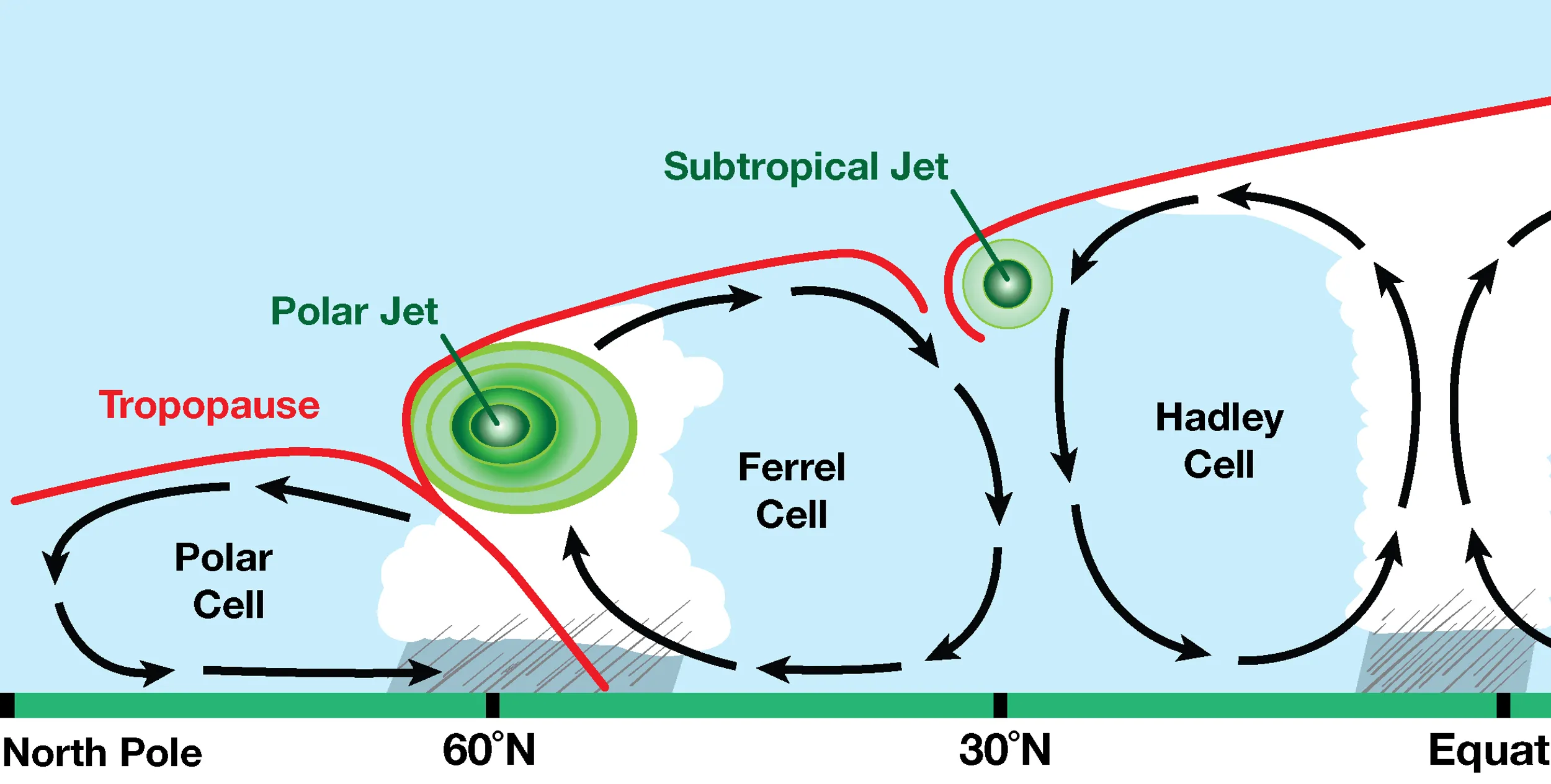What Is Cloud Seeding and Did It Cause the Dubai Floods?

Cloud seeding aims to modify weather by enhancing precipitation, but its effectiveness remains debated. From snowfall experiments in Idaho to extreme rainfall in Dubai, this study explores the science, limitations, and potential consequences of weather manipulation.

Does Cloud Seeding Really Work?
Introduction
Clouds consist of tiny water droplets or ice crystals that form when water vapour cools and condenses onto the surface of tiny particles of dust or salt in the atmosphere. These particles, called condensation or ice nuclei, are essential for the formation of raindrops or snowflakes. Without them, precipitation cannot occur, even if the temperature of the air falls below freezing.
Cloud Seeding
Cloud seeding involves artificially introducing or increasing the number of these nuclei, often using tiny silver iodide particles. These particles are typically dispersed from an aircraft into a cloudless sky to encourage cloud formation, or they can be added directly into an existing cloud.
As water droplets or ice crystals in the cloud combine and grow heavier, they eventually fall as rain or snow, which generally melts before reaching the ground. However, it is challenging to prove that a specific cloud seeding operation directly caused or significantly increased the amount of rainfall.
How Does Artificial Rain Work?

Does Cloud Seeding Work?
To address this, researchers conduct numerous missions, cloud seeding only during half of them. By comparing rainfall from seeded and unseeded skies, meteorologists estimate that cloud seeding can increase rainfall by between 10 and 30 per cent.
In the 1940s, Bernard Vonnegut showed in a laboratory that particles of silver iodide could cause water vapour to freeze into snow. However, proving the technique worked in nature remained elusive, due to limitations in technology and the unpredictable nature of weather.
In 2018, researchers flying planes through clouds over the mountains of southwestern Idaho demonstrated for the first time that cloud seeding can artificially increase snowfall. The zig-zagged flight path of the seeding aircraft was detected by radar once the snowflakes had grown large enough to be detected. They grew from a few microns in diameter to 8 millimetres, when they were heavy enough to fall to the ground.
What Happened in Dubai?

The Gulf region is known for long dry periods punctuated by occasional heavy downpours. A recent study analysed 95 events that occurred over the southern Arabian Peninsula between 2000 and 2020 and found that they most often occur in March and April. However, the Dubai storm in April 2024 was exceptionally rare. It officially lasted from 15 to 17 April and, in Kalba, this amount of rainfall is expected only once every 365 years.
On April 16, the United Arab Emirates experienced its heaviest rainfall in 75 years, with 256 mm (10 inches) of rain recorded in just 24 hours in Al-Ain, a city about 100 km south of Dubai. This was more than double the average annual rainfall for the region, which usually receives less than 100mm (3.9 inches) per year. Tragically, the storm claimed at least 20 lives in the region.
Record Rainfall Across the UAE During April 2024

The increasing intensity of rainfall events like these is linked to the warming climate, which allows warmer air to hold more moisture — about seven per cent more for each degree Celsius increase in global mean surface temperature.
But the UAE Was Conducting Cloud Seeding Experiments
The UAE has been running a cloud seeding initiative, the 'UAE Research Program for Rain Enhancement Science,' since the late 1990s, focusing on the eastern mountains near Oman to increase water levels in aquifers and reservoirs. Since 2021, the UAE has been using aircraft equipped with electric-charge emission instruments to enhance the cloud-seeding process by making the water droplets cling together, much like “dry hair sticks to a comb” due to static electricity.
However, BBC meteorologist Matt Taylor stated that the April 2024 storm had been accurately forecast. Professor Maarten Ambaum added that forecasters, including the Global Flood Awareness System, had predicted a considerable risk of flooding across the region a week before the storm. Besides, the impacts were much broader than could be attributed to cloud seeding alone, with severe flooding affecting areas from Bahrain to Oman.
If It Wasn’t Cloud Seeding, What Caused the Dubai Floods?
The Arabian Peninsula is a desert, but its weather is shaped by a system known as the Hadley Cell. This begins near the equator, where the Sun heats the ground, causing the air above it to rise. As the air rises, it cools and spreads toward the north and south. At around 30 degrees latitude, this air sinks back down, creating high-pressure zones like the one over the Arabian Peninsula.
The Hadley Cell and Weather Patterns Over the Arabian Peninsula

“The sinking air is bone dry, having come from the cold, top of the atmosphere, and is compressed and warmed as it descends. It arrives near the surface like a hairdryer,” explains Richard Washington, a climate scientist at the University of Oxford. This prevents the hot desert air from rising. Meanwhile, the warm air above the Persian Gulf and Indian Ocean becomes moist with surface water evaporating it.
Jet streams – bands of fast-moving winds high in the atmosphere – usually remain separate. But in this case, the subtropical and polar jet streams merged, dragging cooler and low-pressure air from Eastern Europe south into the Arabian Peninsula. This created a 'cutoff circulation of imported, cooler air,' leading to a dramatic weather shift.
Atmospheric Circulation and Jet Streams

Moist air from the ocean blew into this newly-formed low-pressure system over the Arabian Peninsula. Once over the desert, the air rose and cooled. The water vapour condensed into clouds. This released more heat (the same heat that was absorbed to evaporate the water in the first place), which sped up the ascent of the air, dragging in more moist air from the oceans, creating a runaway feedback loop. More clouds led to the record-breaking rainfall. This enormous storm, spanning an area larger than France, was far too large to have been caused by cloud seeding.
This event in Dubai serves as a reminder that global warming is not only increasing average temperatures but also fuelling more extreme and unpredictable weather patterns, as pointed out by the latest IPCC reports. Extreme downpours like this will become more frequent and intense. In April 2024, this played out in Dubai when a rare combination of atmospheric forces caused record rainfall in the region.
Conclusion
Richard Washington highlights an unsettling contradiction in how we perceive climate change: we struggle to grasp the impact of the 2,400 gigatonnes of carbon we’ve emitted since pre-industrial times, yet easily entertain the idea that weather modification, like a few hygroscopic flares, could bring about immediate, drastic changes like making 18 months of rain fall in a single day. This paradox underscores a larger issue – our tendency to seek quick fixes for problems we don’t fully understand.
The latest IPCC report emphasises that global warming is poised to make extreme weather events, such as torrential downpours, more frequent and severe. As we grapple with the temptation of weather manipulation technologies, we must ask ourselves: are we ready to face the unintended consequences? Rather than relying on potentially risky interventions, we should focus on building climate resilience – reducing carbon emissions as well as strengthening our infrastructure in preparation for the intensifying impacts of climate change that is sure to come. The urgency to act cannot be overstated. The time for deliberate, sustainable solutions is now, before we push our planet’s systems beyond repair.
References and Resources
- Cloud Seeding - Weather Modification: https://www.youtube.com/watch?v=laeMoP6Zz74
- French, J.R. et al., Precipitation formation from orographic cloud seeding, PNAS 115(6), (6 Feb 2018): https://www.pnas.org/doi/full/10.1073/pnas.1716995115
- Nelli, N.R. et al., The atmospheric controls of extreme convective events over the southern Arabian Peninsula during the spring season, Atmospheric Research 262, 105788, (2021): https://doi.org/10.1016/j.atmosres.2021.105788
- What is the jet stream and how does it affect the weather?: https://www.youtube.com/watch?v=Lg91eowtfbw&t=3s
- The weather experiment that really flooded Dubai (theconversation.com): https://theconversation.com/the-weather-experiment-that-really-flooded-dubai-227021
- Don’t blame Dubai’s freak rain on cloud seeding – the storm was far too big to be human-made: https://theconversation.com/dont-blame-dubais-freak-rain-on-cloud-seeding-the-storm-was-far-too-big-to-be-human-made-228272
Find exactly what you’re looking for.
- Popular Searches
- Biology
- A Level Media Studies
- Chemistry
- Geography
- Physics
- A Level Environmental Science
Newsletter
General
Work with us
Get in touch
- © 2025 Curriculum Press
- Terms & Conditions
- Privacy & Cookies
- Website MadeByShape









